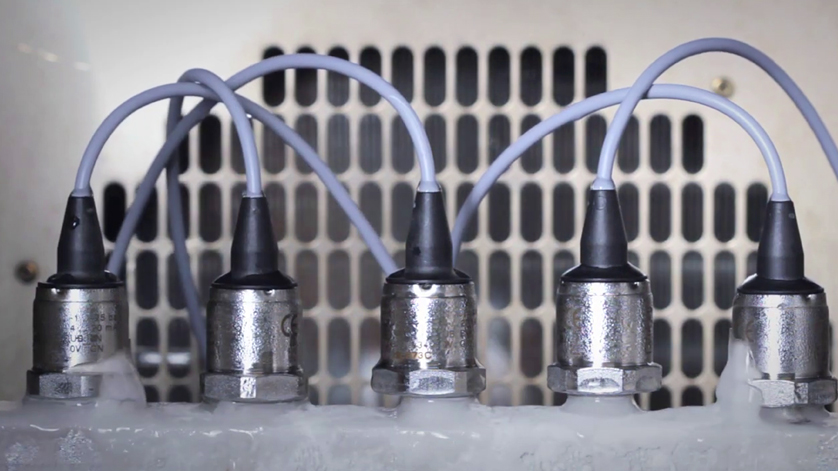
Temperature range and temperature limit for pressure sensors – is there a difference? My intuitive answer would be: Yes! The first term describes a section and the second its border. On second glance, however, I have to conclude that both words ultimately express the same thing in relation to temperatures: Range and limit are defined by a lower and upper value, for example 0 … 100 °C. The relevant standard nevertheless defines a difference. Why?
IEC 61987 speaks of two different specification characteristics
The standard referred to is IEC 61987. This deals, among other things, with the properties of fluid sensors, which also include pressure sensors. With “range” and “limit”, the standard designates two different specification characteristics. Accordingly, the temperature range describes the span in which the instrument specifications must apply – first and foremost, the accuracy. The temperature limit, on the other hand, indicates the min/max values between which the instrument may be operated without damage. With this, the instrument specifications do not have to be adhered to at all.
What may sound a bit pedantic, makes perfect sense from a technical point of view. This can be illustrated by the following example of a pressure sensor: The instrument is supposed to deliver solid measured values at an ambient temperature range of 0 … 100 °C. At the same time, the sensor must not suffer any damage at ambient temperatures between -20 °C and 0 °C. In this range, however, it does not have to provide accurate measuring results, or even measure.
The difference between temperature range and temperature limit is plausible
This sounds paradoxical at first, but is plausible on closer inspection. Pressure sensor elements, i.e. the actual measuring components, exhibit a relatively large, often non-linear temperature error. Without further measures, a reliable pressure measurement would be impossible. Therefore, the manufacturer has to compensate for the temperature in order to bring the error down to an acceptable level. From an economic point of view, the limitation to a selected temperature range makes sense, or is even absolutely necessary.
The distinction between temperature range and temperature limit applies to both the ambient temperature and the medium temperature. It is also used for other specification characteristics, for example overpressure.
Conclusion
Yes, there is a difference between range and limit in the normative world of pressure sensor technology. And yes, it makes technical sense. However, I doubt whether the normal user, without knowledge of standards, understands it intuitively. Which inevitably leads to the question of whether there is a better linguistic distinction. But, I have to admit, the answer is outside my “range”.
Note
Further information on our pressure sensors can be found on the WIKA website. Do you want to buy pressure sensors? You will find some of our standard designs in our WIKA online-shop. If you have any questions, your contact will gladly help you.
Also read our posts
What does temperature compensation or compensated temperature range for pressure sensors mean?
Active and passive temperature compensation of pressure sensors
Temperature coefficients (TC) of pressure sensors

